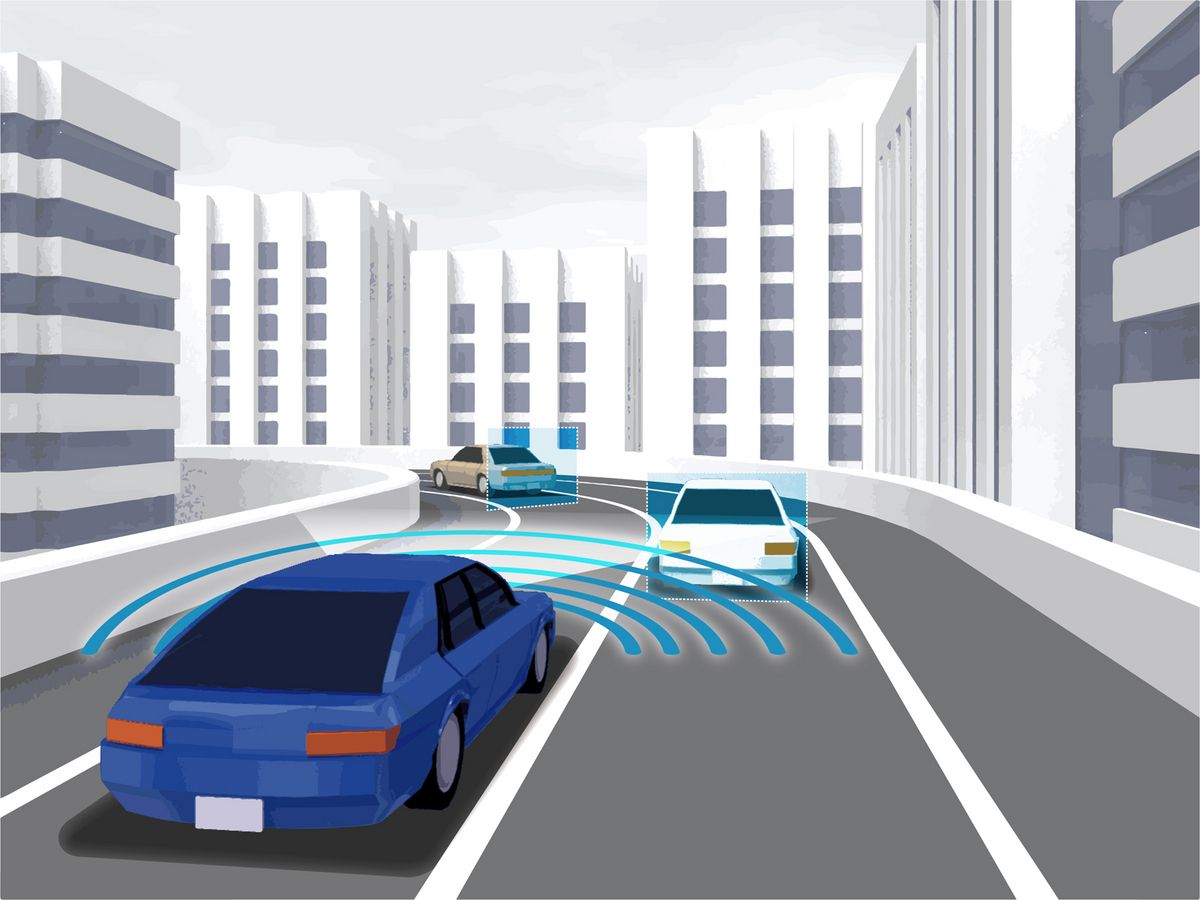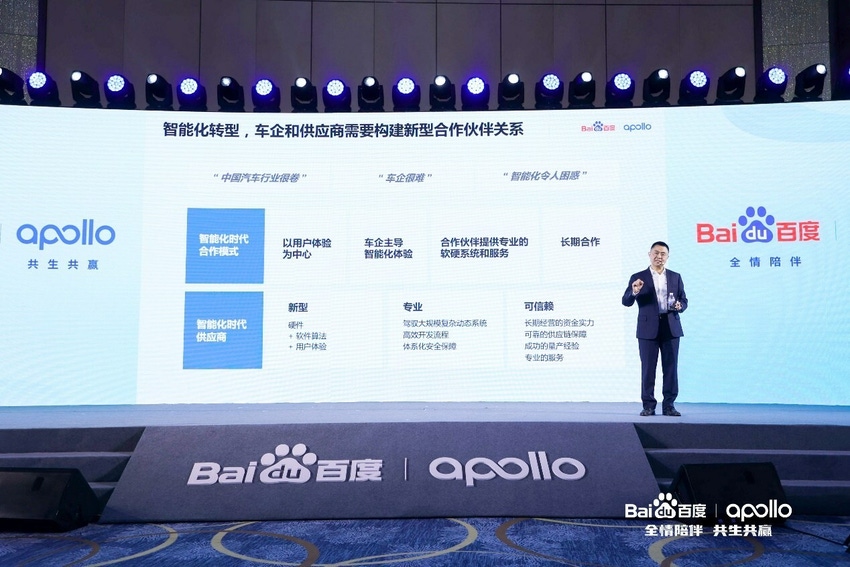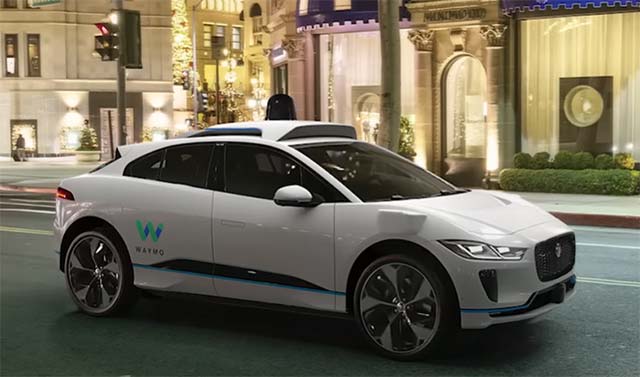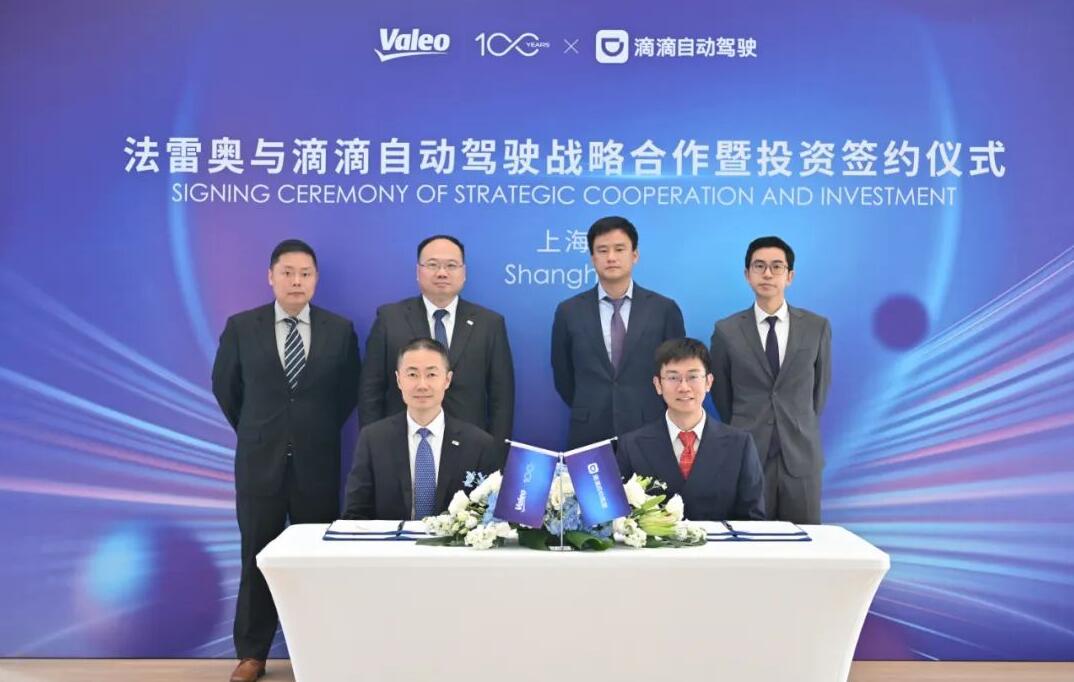In the ongoing debate surrounding how autonomous vehicles (AVs) should communicate with other road users, a team of researchers from Cornell University claims to have discovered a breakthrough solution. Their study, titled “Designing Robot Sound-In-Interaction: The Case of Autonomous Public Transport Shuttle Buses,” challenges developers to reevaluate their approach to AV sounds.
Malte Jung, associate professor of information science and co-author of the study, emphasizes the need to shift focus from the “what” to the “when” of sound when creating sounds for social engagement. This perspective marks a significant departure from previous discussions surrounding AV communication.
The research team focused their efforts on an autonomous electric bus program operating in Linköping, Sweden. The buses follow predetermined routes, but encounter a recurring issue of pedestrians and cyclists getting dangerously close, resulting in sudden braking. The team recognized this as an opportunity to explore innovative sound strategies for AVs to navigate complex scenarios and communicate effectively with traffic.
To this end, the researchers designed various potential sounds for the bus, which were played through a waterproof Bluetooth speaker mounted on the vehicle’s exterior. They recorded videos of the ensuing interactions and analyzed them to select sounds for further testing.
Different sounds, including humming, voice recordings, and even music, were tested. The team observed that low-pitched hums blended too seamlessly with road noise, while high-pitched ones proved bothersome to the bus’s safety drivers. The repetition of a person saying “ahem” proved ineffective, and jingles reminiscent of ice cream vans only served to confuse road users. Traditional vehicle noises, such as beeps and dings, successfully captured people’s attention.
However, the most critical finding was that regardless of the sound’s type, its timing and duration played a more crucial role. Sounds that occurred too late were often disregarded, rendering them incomprehensible.
What sets this study apart is that it was conducted on the road, a departure from the traditional quiet laboratory settings typically associated with sound research. The Cornell team believes this approach fundamentally challenges the conventional understanding of sound design in human-robot interactions and brings forth a fresh perspective.
Jung remarked, “For decades, we’ve approached sound design in human-robot interaction incorrectly. We sought to completely reevaluate this and introduce a new outlook.”
The research team hopes that their study serves as a reminder to AV manufacturers that traffic is inherently a social phenomenon. Road users are in constant communication with each other through signals, horns, and lights, making it imperative to consider these aspects during the development of self-driving vehicles.
By reimagining AV sounds and understanding the significance of timing and duration, the researchers at Cornell University aim to revolutionize the field and pave the way for more effective and socially engaging autonomous vehicles.







